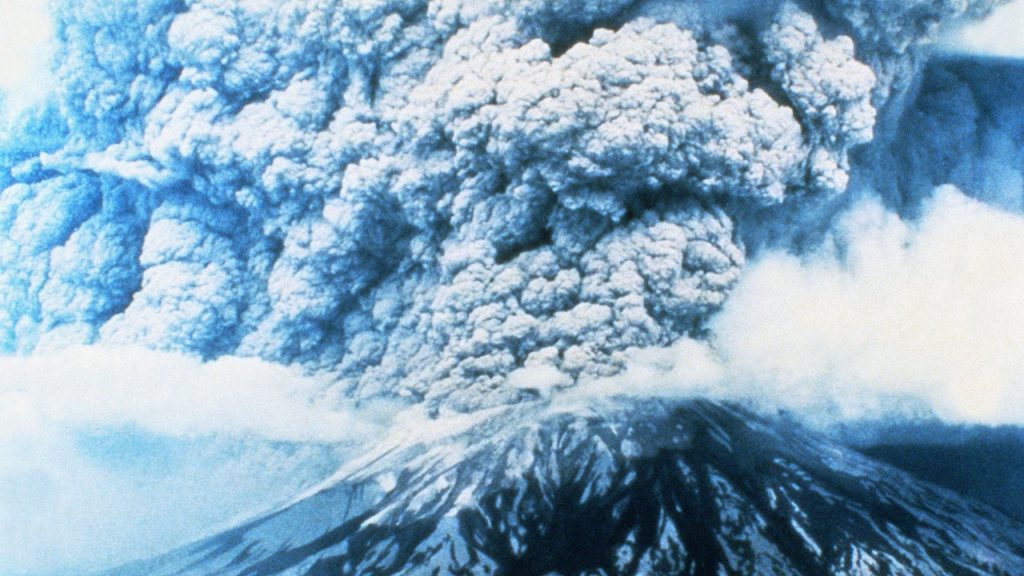May 18, 1980 marked a tragic day in history when Washington’s Mount St. Helens erupted for nine hours, killing 57 people and triggering the largest landslide in recorded history. Prior to the eruption, Mount St. Helens stood at 9,677 feet, making it the fifth-tallest mountain in the state of Washington. The eruption caused the mountain to lose roughly 1,300 feet from its cone, leaving a horseshoe-shaped crater in its place. This catastrophic event came almost exactly two months after seismic activity began on the long-dormant volcano.
The eruption began on March 16, 1980 with a series of small earthquakes, followed by a relatively small eruption on March 27. This was followed by more eruptions and earthquakes through April 22, with a prominent bulge forming on the north flank of the mountain. On May 18, a 5.1 earthquake triggered a rapid series of events, causing the northern bulge and summit to slide away as a huge landslide. This was followed by powerful eruptions that knocked 1,000 feet off the height of the mountain.
Following the landslide, a Plinian eruption ensued, lasting for nine hours and sending 520 million tons of ash into the air. The ash cloud spread across the U.S. and circled the Earth, causing major ash falls in areas as far away as central Montana and the Great Plains. The eruption also triggered a lahar, a mixture of water and rock fragments that flowed down the slopes of the volcano.
In the weeks leading up to May 18, people living near Mount St. Helens were evacuated, with the area surrounding the mountain divided into a red zone and a blue zone. Of the 57 people who died in the eruption, only one, Harry Randall Truman, did not have permission to be near the mountain. Truman, an 83-year-old man who had lived near Mount St. Helens for over 50 years, refused to leave despite evacuation orders. His remains were never found.
The aftermath of the eruption was devastating, with virtually no trees remaining in the six-mile radius of the former summit and a deposit of hot debris covering the 230 square mile devastated area. The eruption had a lasting impact, with ash falls covering cities hundreds of miles away and disrupting daily life. Mount St. Helens remains a stark reminder of the power and unpredictability of nature, and the importance of preparedness and caution when living near active volcanoes.













